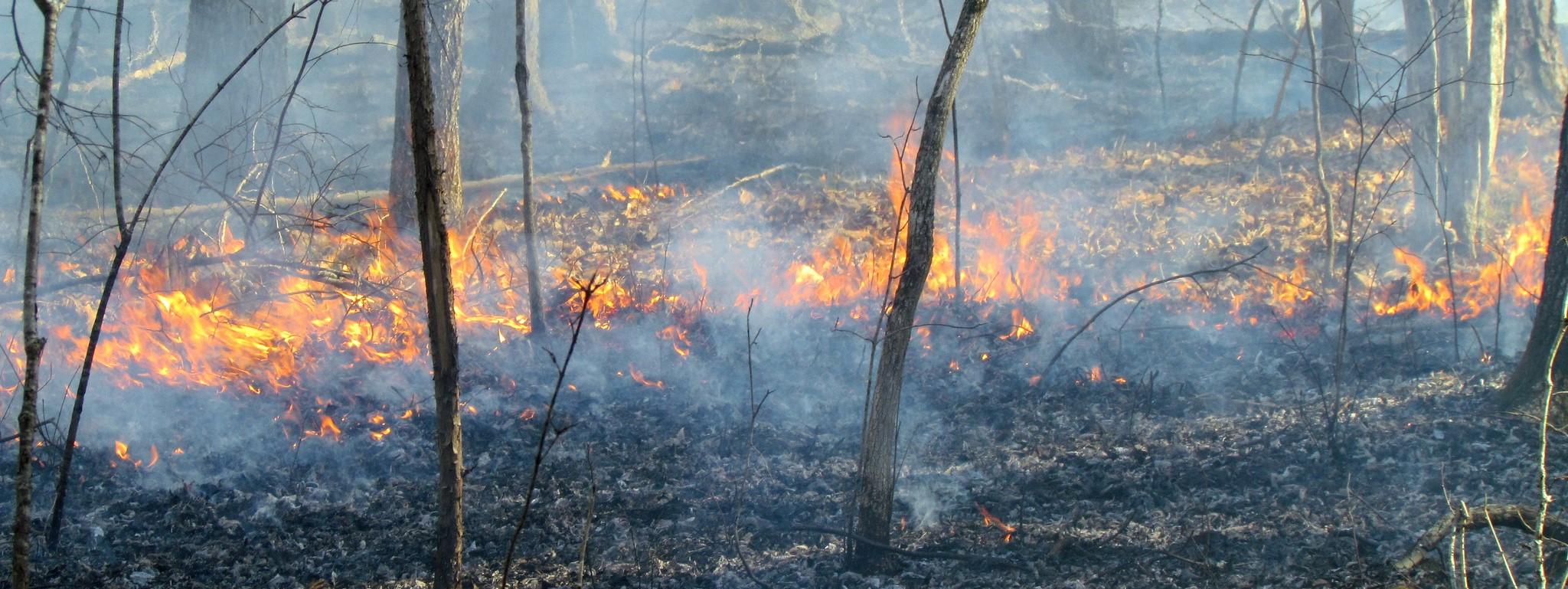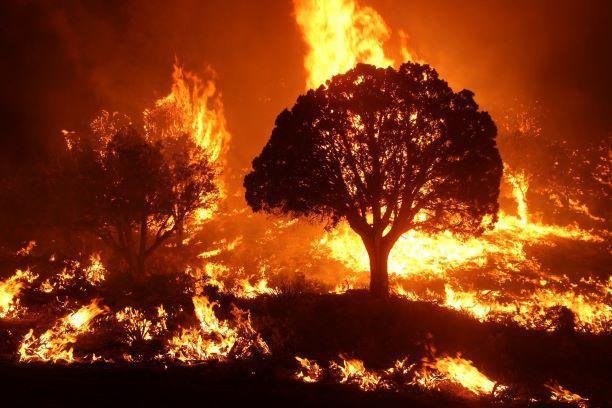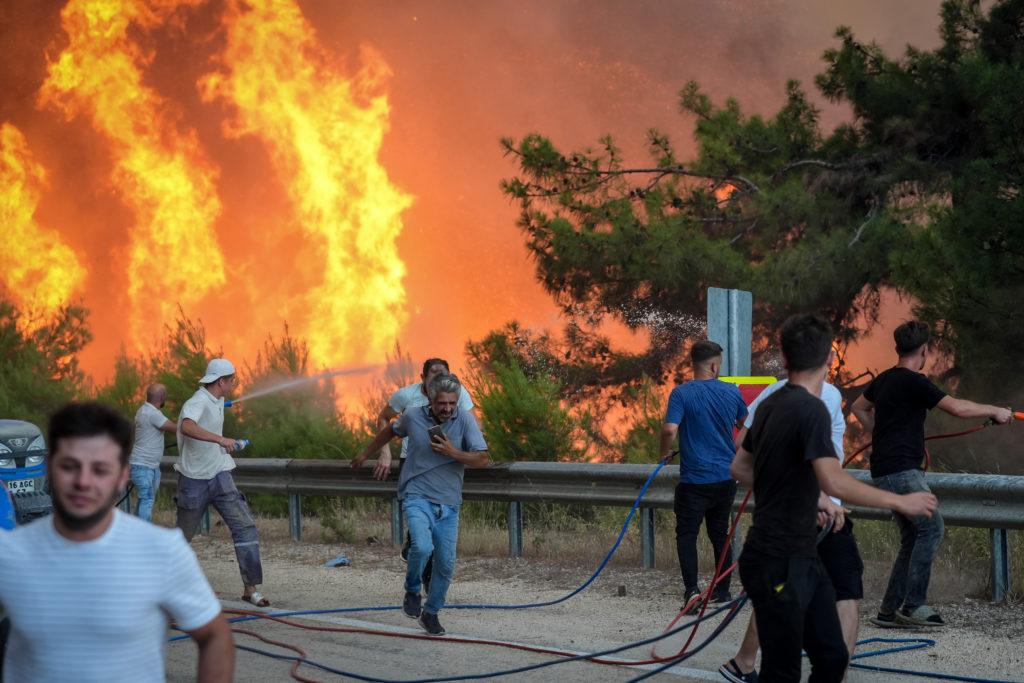Wildfires Rage Near Adana as Locals Face Evacuation
The wildfires that have engulfed vast tracts of land near Adana, Turkey’s fourth-largest city, have spurred urgent evacuations as flames threaten homes and livelihoods. Local authorities have declared a state of emergency as the blaze, fueled by dry conditions and strong winds, rapidly spreads across the region.With smoke billowing high into the sky,residents have been forced to leave their homes,taking only essential belongings. The intensity of the fires has overwhelmed local firefighting resources, prompting officials to call for assistance from neighboring provinces.
In the face of this disaster, a systematic evacuation process has been implemented. The following actions are currently being taken:
- Emergency shelters Established: Temporary facilities have been set up to accommodate evacuees from affected neighborhoods.
- Community Support Initiatives: Local organizations are mobilizing to provide food, water, and medical assistance to those displaced.
- Firefighting Efforts Intensified: Crews from across the country are being deployed to combat the flames and protect critical infrastructure.
as the crisis unfolds, the resilience of the local community is being tested, but their determination to support one another shines through in these testing times.

impact on Infrastructure and Economy Amid Ongoing Fire Crisis
The ongoing fire crisis in one of Turkey’s largest urban areas is not just a struggle for survival; it poses a significant threat to the region’s infrastructure and economic stability. As flames consume vast stretches of forest and brushland, critical transport networks face disruption, hindering access to essential services and resources. The following impacts are being felt:
- road Closures: Key highways and access routes are being shut down to manage evacuation efforts and combat the spread of fires.
- Utility Disruptions: Fires have threatened power lines and water supplies, leading to outages that affect residential areas as well as businesses.
- Impact on Goods and Services: Disruptions in transportation networks have resulted in delays in supply chains, making it difficult for local businesses to operate effectively.
The economic repercussions go beyond immediate logistical challenges. The crisis jeopardizes livelihoods, particularly for those employed in agriculture and tourism, both staples of the local economy. With evacuation orders in place, many workers have fled, leading to labor shortages that further strain economic output. Key aspects of this economic impact include:
- Loss of Revenue: Local businesses are experiencing plummeting sales as residents evacuate and tourism dwindles.
- Increased Costs: The need for emergency services, temporary accommodations, and resource allocations can drive public spending beyond usual budgets.
- Long-term Economic Recovery: The potential for prolonged recovery periods could haunt the region as rebuilding efforts will demand ample investment and time.

Emergency Response Measures and Community Resilience Strategies
The wildfires that have engulfed the region have prompted a swift and coordinated response from local and national authorities aiming to safeguard the affected communities. Firefighting teams are deployed, utilizing both aerial and ground resources to combat the advancing flames. Moreover, emergency shelters have been established to accommodate those who have been forced to evacuate their homes. These shelters provide not only a safe haven but also crucial support services, including:
- Medical assistance for any injuries related to the evacuations or smoke inhalation.
- Food and water supplies to ensure that displaced residents remain nourished and hydrated.
- Mental health resources available to help individuals cope with the trauma of evacuation.
Along with immediate firefighting efforts, the community is leveraging resilience strategies to prepare for future threats. Local organizations are actively promoting awareness and education about fire safety and prevention. Workshops are being conducted to teach residents how to create defensible spaces around their properties. Furthermore, the establishment of community volunteer groups is vital; these volunteers play a key role in:
- Emergency drills that enhance readiness and coordination among residents.
- Communication networks that ensure information is disseminated swiftly in crisis situations.
- Support for those rebuilding their lives post-disaster through resources and funding initiatives.

Long-Term Solutions for Wildfire Prevention and Environmental Restoration
As communities grapple with the immediate impacts of wildfires,the path to recovery and prevention must prioritize lasting approaches. Effective long-term solutions hinge on implementing environmental restoration strategies that restore health to both the land and the ecosystem. This includes:
- reforestation initiatives: Planting native species that are adapted to local climates and resilient to fire. This not only helps restore wildlife habitats but also enhances biodiversity.
- Soil rehabilitation: Techniques such as erosion control and organic fertilization can rejuvenate the land affected by fire, promoting healthier growth in the aftermath.
- Community education programs: Fostering awareness about fire-resistant landscaping and responsible land management practices can empower locals to protect their own homes from future threats.
Moreover,investment in infrastructure improvements plays a crucial role in mitigating future wildfire risks. This can include the creation of defensible spaces around urban areas and the establishment of firebreaks in high-risk zones. Additionally, leveraging technology in fire detection and response can enhance readiness, enabling quicker reactions to emerging wildfires. Possible measures may encompass:
- Advanced monitoring systems: Utilizing drones and satellite imagery to detect changes in land conditions that may signal a heightened fire risk.
- Community engagement in fire management: Enlisting volunteers for controlled burns and maintenance of green spaces not only fosters community spirit but also promotes increased resilience.
- Collaboration across sectors: Building alliances between goverment, NGOs, and the private sector to share resources and expertise can enhance collective capacity to combat wildfires.
